ACL tear almost kept this runner out of the Cap10K. Here's how to avoid similar injuries.
Last year, David Ramos discovered that he loved to run. A friend talked him into running the Statesman Capitol 10,000. He started training, building up to 4 miles before the big race, which is 6.2 miles.
"'Let's see if I can make it,' I thought," Ramos said.
He made it, even though he was a little bit slower, and understandably so. Last July, the avid Round Rock basketball player went up for a layup, and a guy hit him in midair. He sunk the shot, but when he landed, he was in extreme pain. It was a familiar pain. He was pretty sure he had torn his ACL, his anterior cruciate ligament in the knee, again, 22 years after the first time.
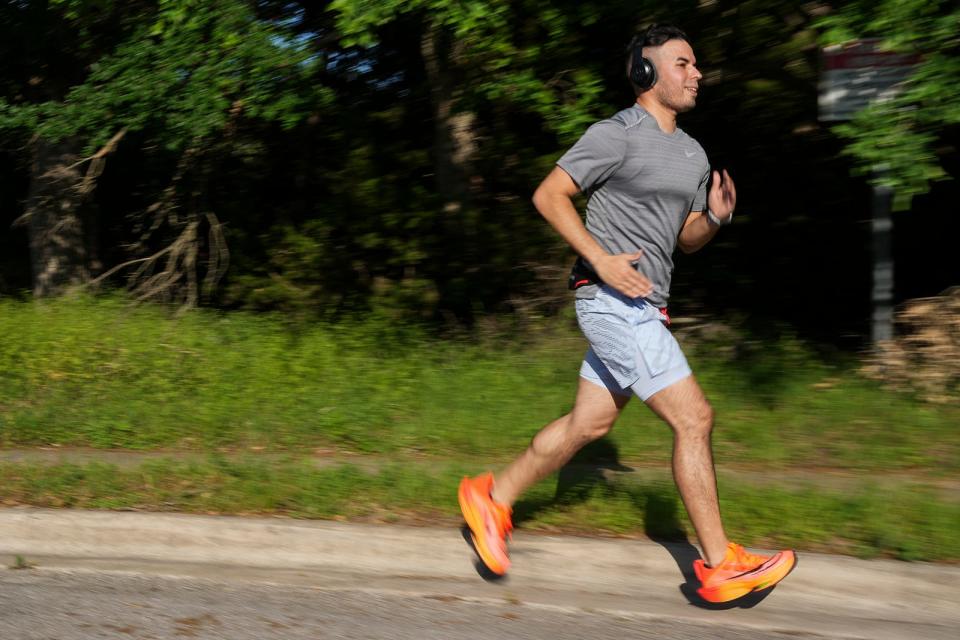
His ability to run in the Cap10K was in doubt. "I tried to stand up, and (my knee) buckled under me," he said.
On Sunday, Ramos, 38, will be running the Cap10K again, after going through intensive rehabilitation following knee surgery to repair his ACL. He even thinks his Cap10K time might be faster this year.
Sports injuries: Austin-area doctors seeing more pickleball injuries. Here's how to avoid them
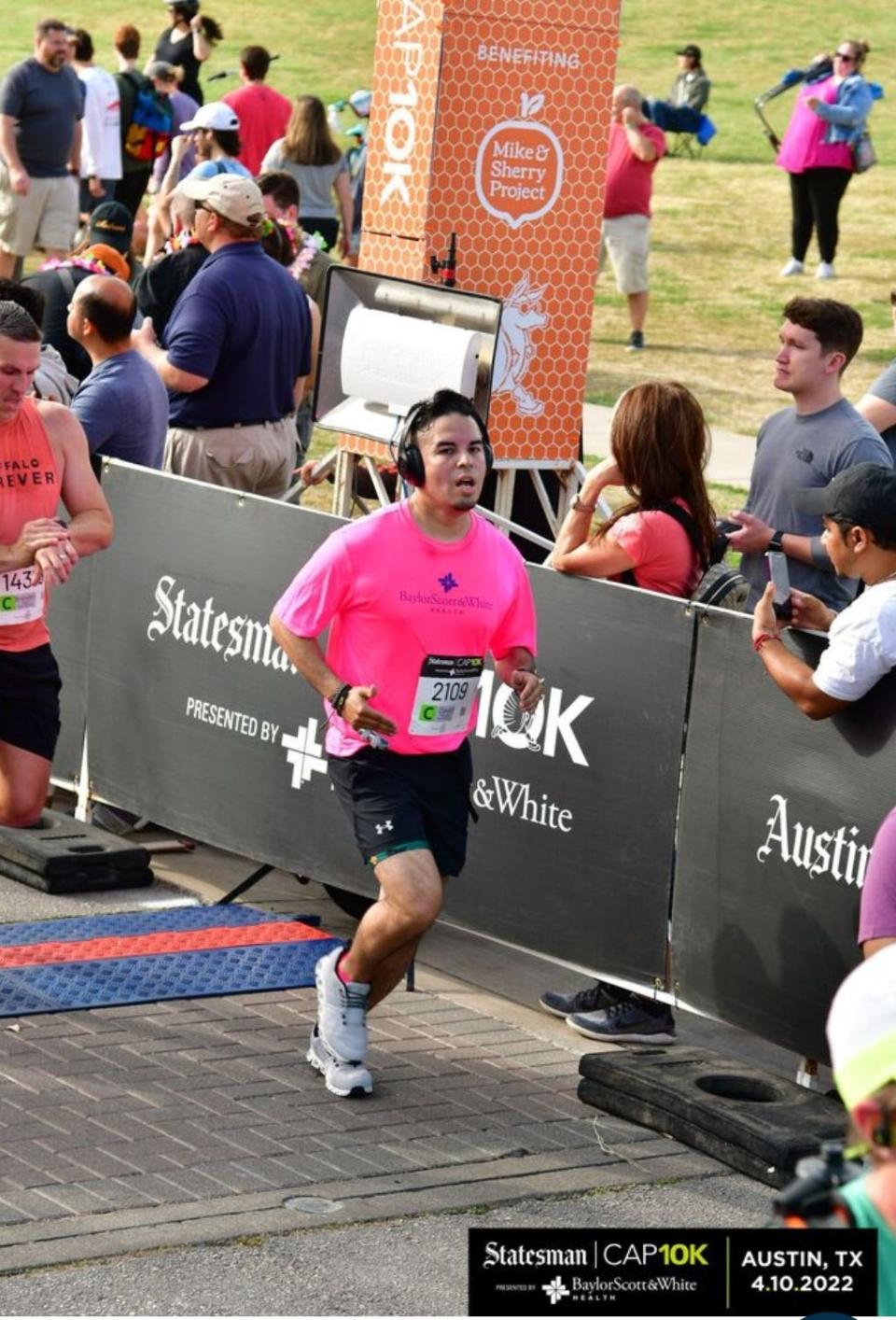
Why do ACL injuries happen?
The ACL is one of four ligaments holding the knee. ACL injuries tend to happen when someone is pivoting or changing directions. Sometimes it happens when the knee buckles during a contact injury. "They feel a pop," said Dr. Mark Billante, an orthopedic surgeon at Baylor Scott & White-Round Rock and Ramos' surgeon.
ACL injuries are common in sports that involve a lot of pivoting, and they are more common in women, especially in basketball and volleyball players. Women and girls tend to have looser ligaments, and their leg alignment is more likely to have the knees tilt inward than men and boys, Billante said.
ACL injuries can happen at any age. Billante is seeing it in older people because of the pickleball craze.
Injury prevention: Girls in sports need to worry about their knees, study finds
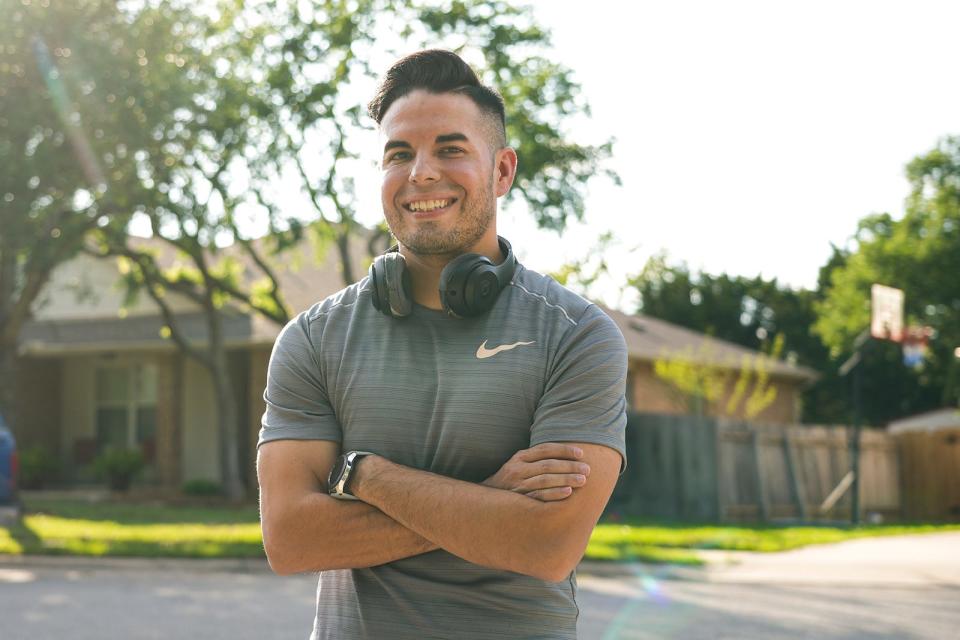
What's the treatment for an ACL injury?
The fix is often surgery. Doctors will wait a few weeks for the swelling to go down. Then they typically take a piece of the person's own body to graft together the ligament where it was torn. That graft can be from the patellar tendon, the tibialis tendon, the hamstring tendon or the quadriceps tendon. Surgeons have their own preference, and sometimes it depends on where surgeons have taken a graft before if this is a repeat injury. If a graft from the person's body isn't available, doctors will use a graft from a deceased donor.
Not everyone opts for surgery. Some physical therapy can help strengthen the knee, and wearing a brace can also help, but returning to regular function often requires surgery.
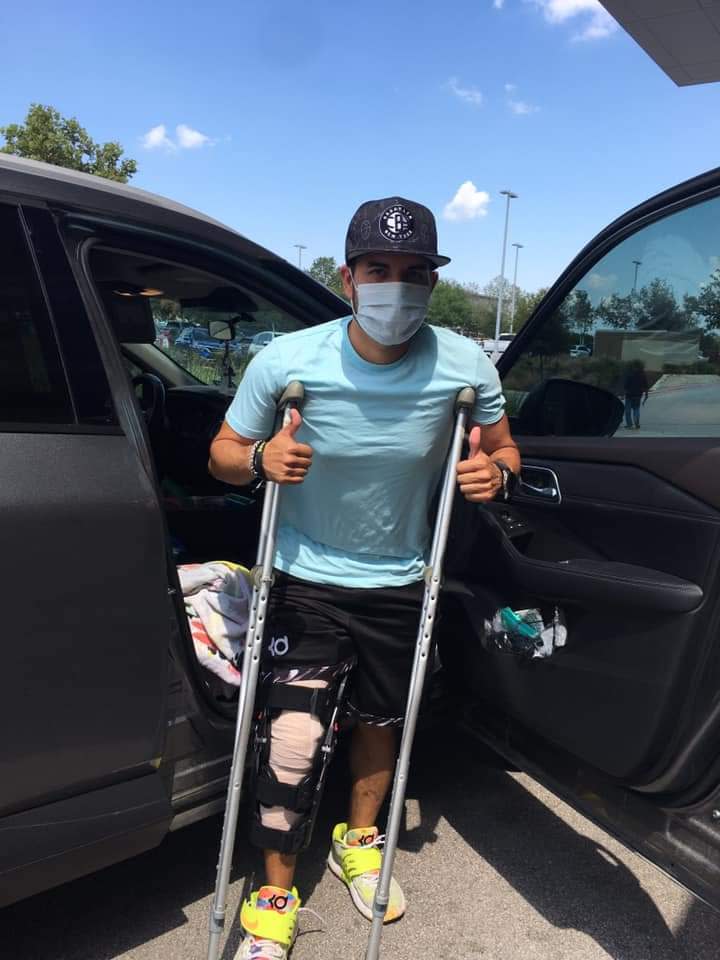
What's the recovery time like?
The length of rehabilitation has grown. It used to be four to six months for athletes, which increased the chance of a repeat injury. Now it's nine months to 12 months, Billante said.
During recovery, physical therapy is important. "We try to counsel patients that it's a tough rehab mentally and physically for the first three months," Billante said. "It takes a good patient and physical therapist to get a good result," he said, not just the surgeon.
Ramos advises anyone going through injury rehab to "just stick with it" and "to listen to the therapist." He underwent surgery in September and did physical therapy twice a week starting in November. "At first it felt like my knee was going to explode," he said.
Injury prevention: Austin-area doctors seeing more pickleball injuries. Here's how to avoid them
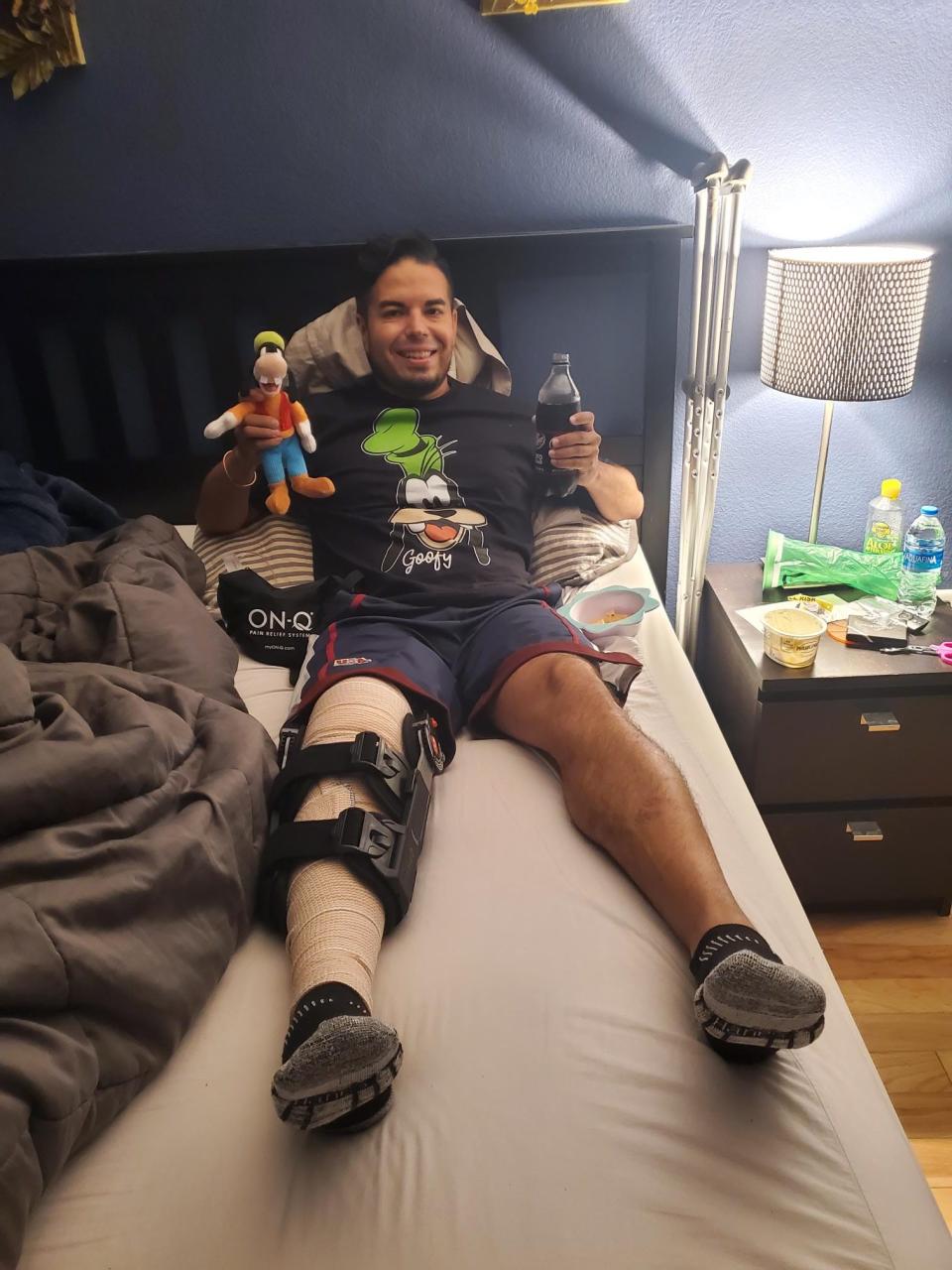
Return to running
After that first six months, patients can get cleared to do straight-ahead motions such as walking and running again, but not pivoting or hiking on hills, and they are limited in how much they can do.
Once patients hit three months, it gets easier, Billante said. By six months and then nine months, it's even easier.
Ramos started running again using an anti-gravity treadmill that takes some of the body weight off the legs. Therapists also will use cycling, elliptical and swimming to help people build strength while not straining the knee.
Once Ramos mastered running on that treadmill with 100% of his body weight, he tried running again outside, but "that was pretty terrible," Ramos said. "Every step hurt so bad."
He went back to the treadmill and worked on building up his quadricep muscle. By the beginning of March, he was able to run outside again. He has not been cleared to play basketball.
For the Cap10k, Ramos plans to ice his knee afterward and take ibuprofen before.
"I don't take anything for granted," he said. "I'm looking forward to Sunday."
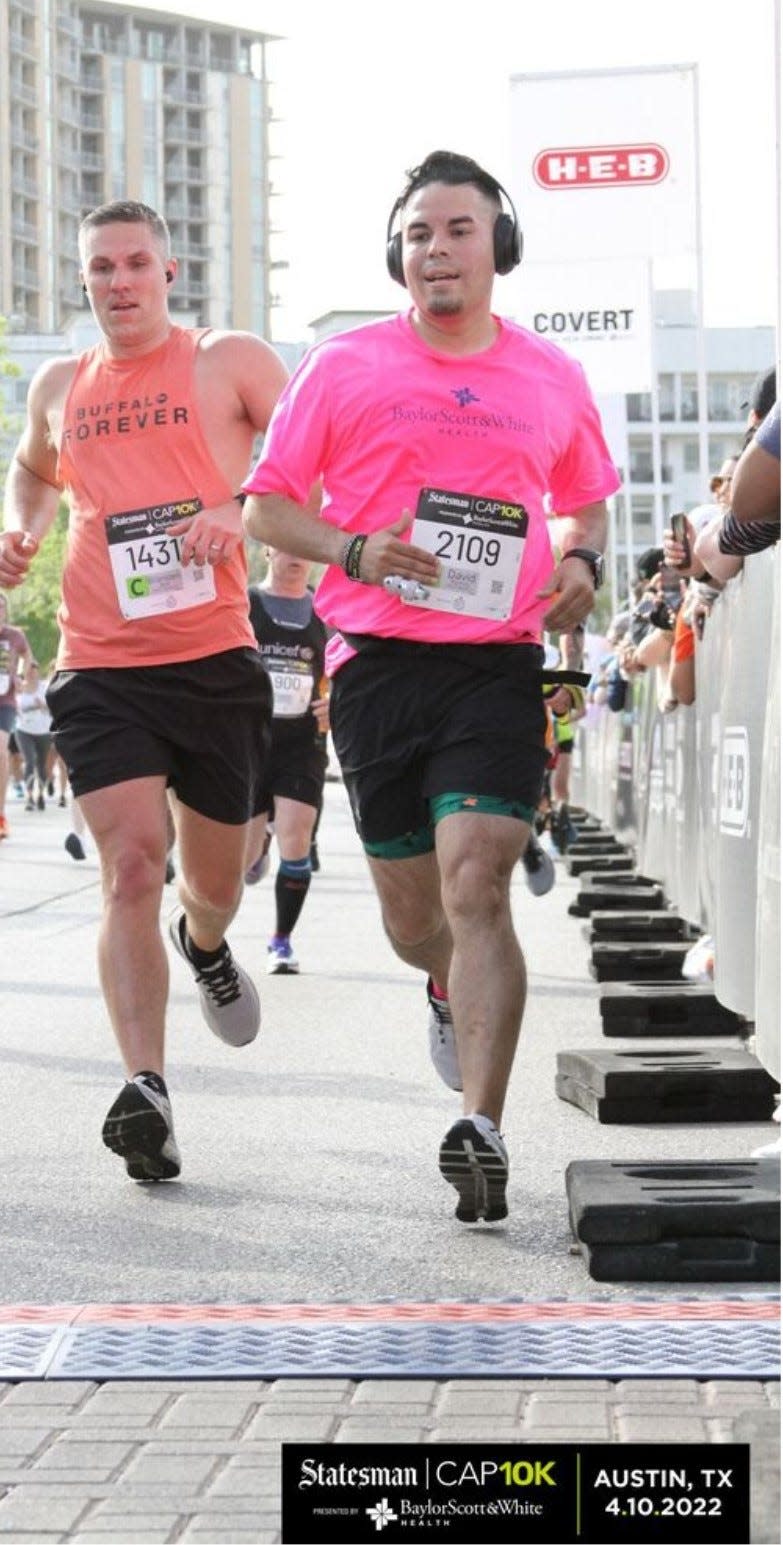
More tips: Ready for the race? Know how to prep, avoid injuries
Running the Cap10K on Sunday? Here's how to avoid injuries
Warm up. Do dynamic warmups for five to 10 minutes, 10 to 15 minutes before the event.
Cool down. Don't forget to do cool down stretching after the event.
Be prepared. Injuries also happen if people haven't run regularly. If you haven't trained, consider walking instead.
Check the weather. Sunday is expected to have a high of 79 and a low around 56. We're not expecting rain, but some wind. Dress accordingly, in layers if needed, but avoid being too hot.
Listen to your body. If you have sharp pain, any pain, or hear popping or clicking while you run, or you notice swelling that doesn't go down, see a doctor and stop running.
Stay hydrated. Grab water at the water stops. Avoid drinking or eating anything, including supplements, that can cause dehydration.
Pay attention to the course. Look for potholes and curbs. Be aware of the people running around you.
Statesman Cap10K Presented by Baylor Scott & White Health
7:30 to 11 a.m. Sunday
Beginning at the Ann W. Richards Congress Avenue Bridge and wrapping around the Capitol to the MoPac Boulevard frontage road and back to the Long Center.
$75; $65 age 10 and younger
Health and Fitness Expo
With race packet pickup.
Noon to 7 p.m. Friday and 10 a.m. to 5 p.m. Saturday
Palmer Events Center, 900 Barton Springs Road
This article originally appeared on Austin American-Statesman: Round Rock man returns to Cap10K race after knee injury

